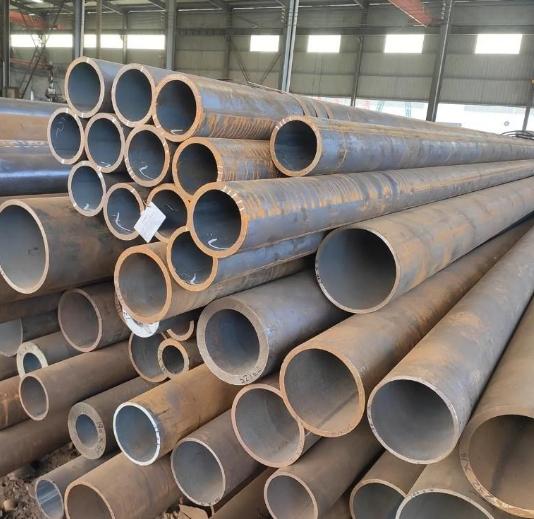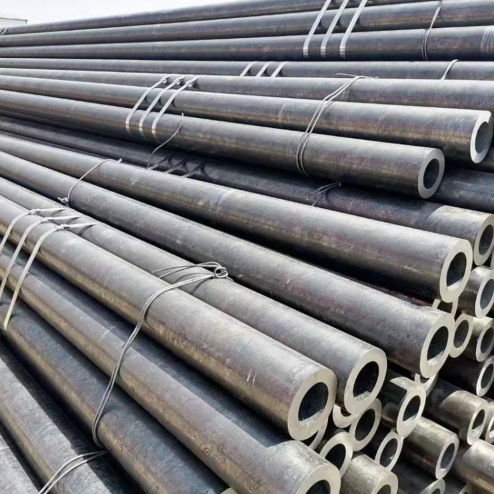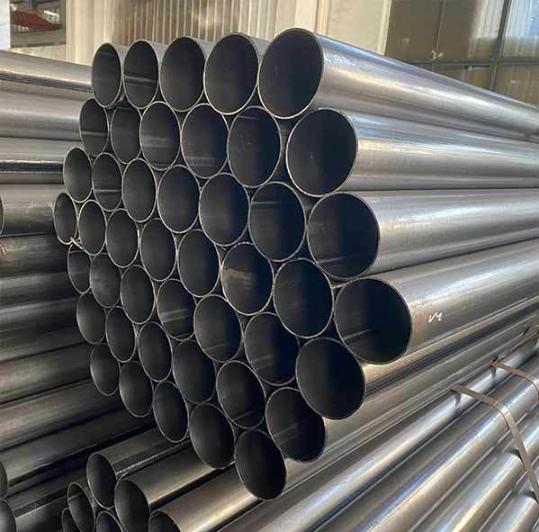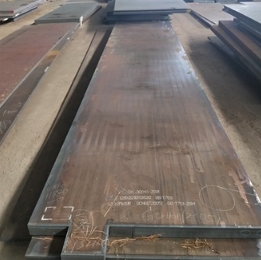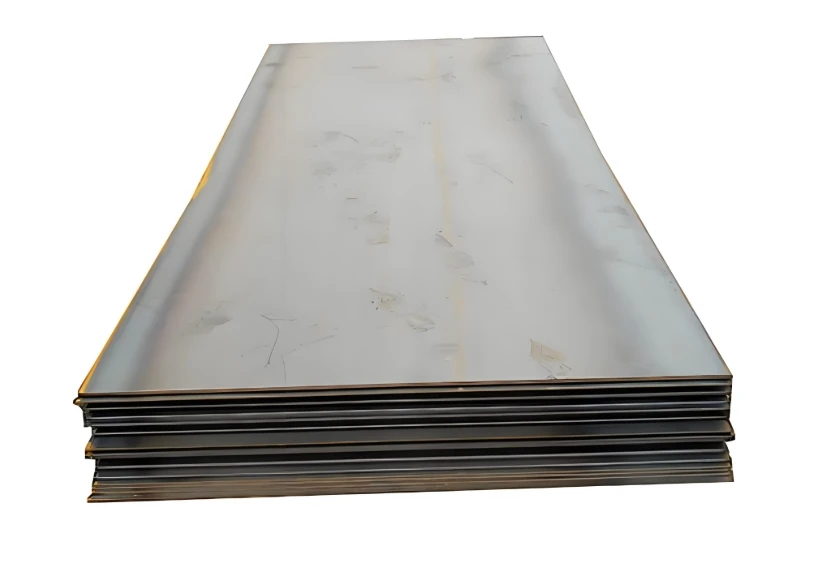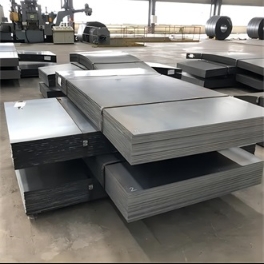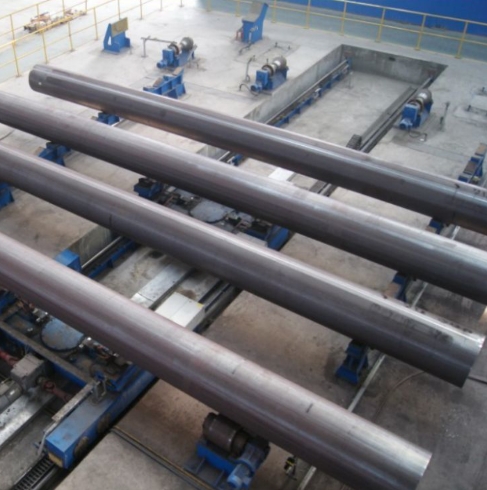What Is ASTM A36 Carbon Steel Pipe?
The ASTM A36 carbon steel pipe is one of the most commonly used materials in construction, engineering, and manufacturing. Known for its durability and strength, it is essential in structural applications that require high-quality material capable of withstanding various stresses. But what exactly makes ASTM A36 carbon steel pipe so valuable? And how do you select the right one for your project?
In this article, we will dive deep into the specifications, applications, advantages, and more about ASTM A36 carbon steel pipe. By the end, you will have a solid understanding of why it’s widely used and how to choose the perfect pipe for your needs.
What is ASTM A36 Carbon Steel Pipe?
ASTM A36: A Brief Overview
ASTM A36 is a specification set by ASTM International (formerly known as the American Society for Testing and Materials). This specification covers carbon steel shapes, plates, and bars of structural quality for use in riveted, bolted, or welded construction of bridges and buildings, and for general structural purposes.
An ASTM A36 carbon steel pipe is made from low-carbon steel and is known for its good weldability, machinability, and formability. It is also known for its relatively low tensile strength compared to other types of carbon steel pipes, making it an ideal option for various construction applications.
Key Features:
-
Composition: Typically contains iron and carbon, with minimal alloying elements.
-
Strength: Moderate tensile strength of 250 MPa (36,000 psi).
-
Ductility: Allows for easy welding and forming.
-
Availability: Commonly available in pipes, beams, and sheets.
Applications of ASTM A36 Carbon Steel Pipe
1. Structural and Construction Applications
One of the primary uses of ASTM A36 carbon steel pipe is in structural applications. The pipe is widely used in the construction of buildings, bridges, and other infrastructure projects. It can handle the stresses and loads involved in these large-scale projects, making it a preferred choice.
Case Example: Bridge Construction
In a recent bridge construction project I worked on, we used ASTM A36 carbon steel pipes as part of the bridge’s structural framework. The pipes were used for both load-bearing supports and reinforcement, providing the necessary strength and flexibility to withstand traffic pressure.
2. Piping Systems in Industrial Applications
ASTM A36 carbon steel pipe is often used in industrial piping systems, particularly in applications that involve the transport of water, steam, or other fluids under moderate pressure. Due to its relatively low carbon content, it is corrosion-resistant, making it suitable for a wide variety of industrial environments.
Benefits for Industrial Piping:
-
Corrosion Resistance: Suitable for mild environments but may require additional protective coatings in aggressive environments.
-
Pressure Handling: Can handle moderate pressure systems efficiently.
3. Manufacturing and Mechanical Components
In manufacturing and mechanical applications, ASTM A36 carbon steel pipe is used to produce components such as structural frames, automotive parts, and machinery. Its flexibility allows it to be easily shaped, welded, or cut into the necessary components, making it an efficient material for various processes.
Why Choose ASTM A36 Carbon Steel Pipe?
1. Cost-Effectiveness
One of the main advantages of using ASTM A36 carbon steel pipe is its affordability. Compared to other materials like stainless steel or alloy steel, A36 carbon steel offers a cost-effective solution for projects that don’t require extremely high tensile strength or specialized corrosion resistance.
Price Comparison:
| Material Type | Price per Foot | Application |
|---|---|---|
| ASTM A36 Carbon Steel | $1.50 – $2.50 | General construction, piping |
| Stainless Steel Pipe | $4.00 – $7.00 | Corrosive environments, high-strength applications |
| Alloy Steel Pipe | $3.00 – $6.00 | High-strength, specialized conditions |
2. Weldability and Machinability
ASTM A36 carbon steel pipe is well-known for its excellent weldability and machinability. It can be welded, bent, or cut with ease, making it perfect for construction projects that require customization. This characteristic reduces the complexity of working with the material, saving both time and cost.
3. Versatility in Application
The versatility of ASTM A36 carbon steel pipe allows it to be used in a variety of applications, from structural frameworks to piping systems in various industries. Whether you’re working in construction, manufacturing, or even oil and gas, ASTM A36 carbon steel pipes can be adapted to meet your needs.
How to Choose the Right ASTM A36 Carbon Steel Pipe for Your Project
Step-by-Step Guide to Selecting ASTM A36 Carbon Steel Pipe
Choosing the right pipe for your project can be a bit overwhelming with so many different specifications and options. However, by following a few simple steps, you can make an informed decision.
-
Determine Your Application: Identify the specific purpose of the pipe—whether it’s for structural support, water flow, or manufacturing.
-
Check the Required Strength: Ensure the ASTM A36 carbon steel pipe can handle the tensile strength needed for your project.
-
Assess Environmental Factors: Consider factors such as exposure to chemicals, extreme temperatures, or high-pressure environments.
-
Choose the Right Pipe Size: Make sure the pipe’s diameter and length match the requirements of your project.
-
Consult with a Supplier: Reach out to trusted suppliers who can offer guidance and ensure you’re selecting the correct pipe type.
Comparing ASTM A36 Carbon Steel Pipe to Other Materials
ASTM A36 vs. Stainless Steel Pipe
When comparing ASTM A36 carbon steel pipes to stainless steel pipes, the most significant difference lies in their strength and resistance to corrosion.
| Feature | ASTM A36 Carbon Steel Pipe | Stainless Steel Pipe |
|---|---|---|
| Tensile Strength | 250 MPa (36,000 psi) | 500 MPa (72,000 psi) |
| Corrosion Resistance | Low, requires coating | High, naturally resistant |
| Cost | Lower | Higher |
| Weldability | Excellent | Excellent |
| Applications | General construction | Corrosive environments |
As shown in the table, stainless steel pipes provide superior tensile strength and corrosion resistance but come at a higher cost. ASTM A36 carbon steel pipes are a cost-effective choice when extreme strength or corrosion resistance isn’t required.
Common Mistakes to Avoid When Purchasing ASTM A36 Carbon Steel Pipes
Attention: Watch Out for These Mistakes!
-
Underestimating the Strength Requirements: Make sure ASTM A36 carbon steel pipes meet your project’s strength and durability needs. If you’re working on a high-pressure system or extreme conditions, you might need a higher-grade pipe.
-
Not Considering the Environmental Impact: While ASTM A36 carbon steel pipes are affordable, they may require coatings or other treatments for use in highly corrosive environments.
-
Incorrect Sizing: Double-check the dimensions and pressure requirements of your project to ensure the pipe will perform optimally.
Final Checklist for Purchasing ASTM A36 Carbon Steel Pipe
Before finalizing your purchase, here’s a quick checklist to ensure everything is in order:
-
✅ Strength and Durability: Ensure the pipe meets the required strength for your application.
-
✅ Proper Sizing: Confirm the diameter and length are suitable for your system.
-
✅ Environmental Resistance: Assess if additional coatings or treatments are necessary.
-
✅ Supplier Verification: Ensure you are working with a reputable supplier that provides high-quality materials.
-
✅ Compliance: Verify that the pipe meets relevant industry standards like ASTM A36.
Conclusion
ASTM A36 carbon steel pipes are a versatile, cost-effective, and reliable material used in many industries. Whether you’re working on a construction project, an industrial piping system, or a manufacturing facility, understanding the specifications, applications, and advantages of this pipe can help you make an informed decision.


